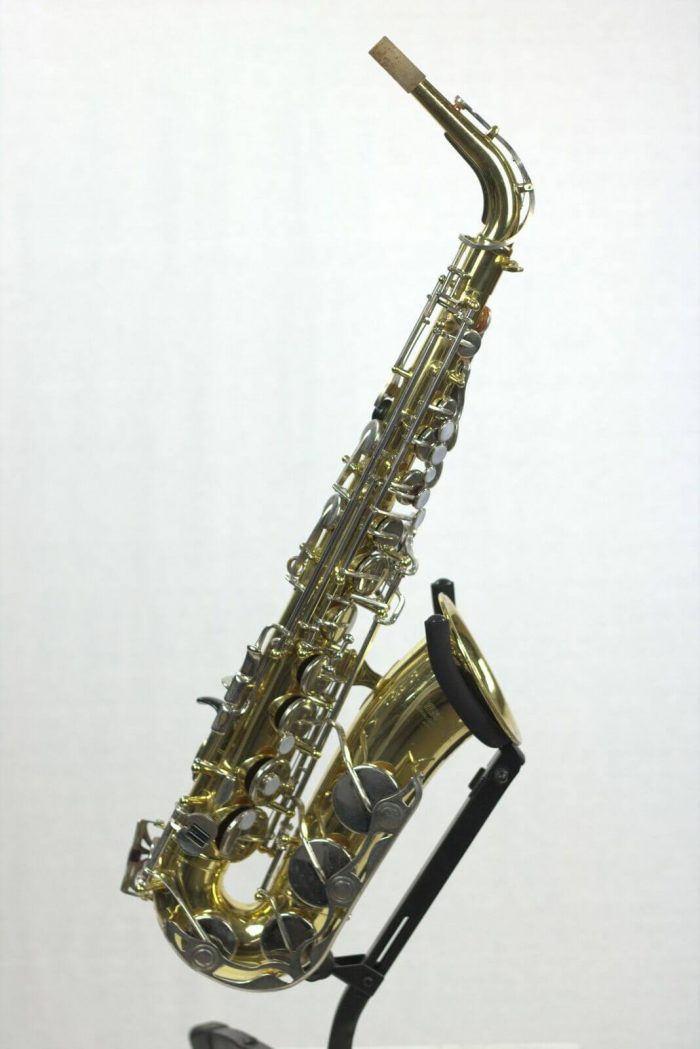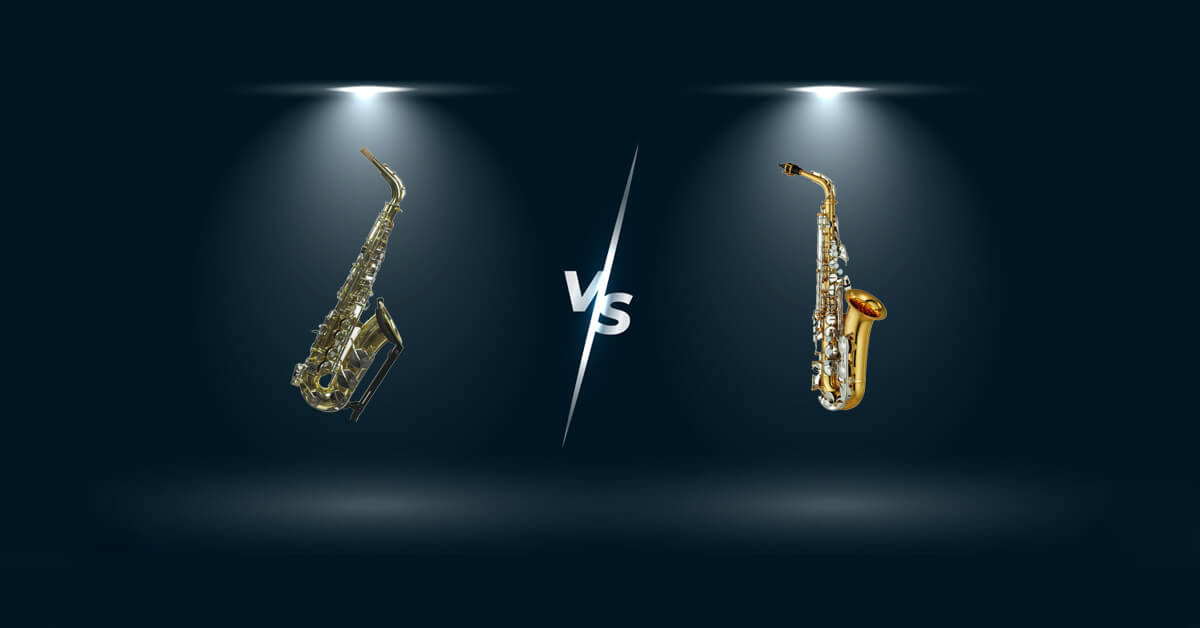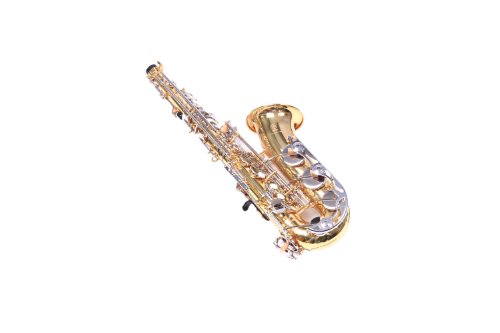Picking between the Yamaha YAS-26 vs. the YAS-23 might seem a bit daunting, given that the former is an improved version of the latter.
Still, we’ve taken the time to scrutinize both horns and really focus on the differences -however slight- that could help you choose one or the other. Without further ado, let’s delve into it!
Table of Contents
Yamaha YAS-23 vs. YAS-26: Short Answer
To cut to the chase, if you want to play tones that are on the brighter end of the spectrum while saving some money, you should opt for the YAS-23. On the other hand, go for the YAS-26 if you want a more robust build quality, crisper sound production, and easier playability.
| Image | Product | Details | Price |
|---|---|---|---|
 |
Yamaha YAS-26 | Better Build Quality & Sound Production | Check Price |
 |
Yamaha YAS-23 | Better for Brighter Tones | Check Price |
The Full Comparison
Now, let’s get into the nitty-gritty. In this section, we’ll go over certain aspects that you should consider when picking a sax, and drawing a comparison between how either instrument lives up to those aspects.
Design and Construction
Naturally, the design and construction of both horns isn’t the difference between day and night, but the YAS-23 weighs 14.25 pounds, while the YAS-26 is around 3 pounds lighter at 11.5 pounds, which makes it easier to carry around and handle. The thing is, despite being lighter, it’s not any less sturdy and its build isn’t any less reliable.
Both the YAS-23 and YAS-26 come with a brass body, neck, keys, and bell and both have adjustable thumb rests that facilitate playing. The YAS-26 does come with a neck design that accommodates all Yamaha sax necks, which makes it an excellent choice for advancing players.
The pads on the YAS-26 are waterproof leather, which are easy to maintain and durable. On the contrary, the ones on the YAS-23 need relatively frequent changes, which should be something to keep in mind when choosing.
Still, the power-forged keys on the YAS-23 have a nice feel to them when played and seem durable. Both have lacquer finished to extend their lifespan and their materials are, overall, durable.
- Winner: Yamaha YAS-26
Handling and Playability
Before we even get to the end of the paragraph, the winner here would be the YAS-26 hands down. This is because its ergonomics are improved over the YAS-23 in specific, as it’s the model up.
So, with the YAS-26, you’ll get smoother keys with a more even response and tension. Not to mention, the sealing is better, which prevents any leakages from happening, as the case is quite common on the YAS-23 horns.
Related:
– The Full YAS 26 vs. YAS 280 Comparison
– Our Favorite Alto Saxophones on The Market
– Yas 480 vs Yas 62 Full Comparison
What’s more, the pads are well-leveled, and the neck receiver is designed to enhance the speed of the response to enhance playability and sound. The YAS-26 also facilitates playing the C# and low B keys simultaneously with its rolling feature.
- Winner: Yamaha YAS-26
Sound
Yamaha saxophones, in general, are known for their high-quality sound, even on student models like the YAS-23 and YAS-26.
The YAS-23 has incredible intonation and resonance mixed with good resistance and timbre, which allows it to produce a sound quality that makes it excellent value for money -a bang for your buck even.
On the other hand, the YAS-26 comes with more focus on response, good tones, and it also has great intonation. The difference is that the YAS-26’s instrument key is E Flat while the YAS-23 is Ee, which is why the latter is a better option for brighter tunes, including jazz, blues, and classical rock.
Winner: Tie
Pros and Cons In a Glimpse
Yamaha YAS-26
Pros
- Improved key connections
- Tone production is rich and full
- Enhanced design for better ergonomics
- Adjustable thumb hook makes handling easier
- Equipped with a case and accessories
Cons
- Manufactured in China or Indonesia
- More expensive than the YAS-23
- Mouthpiece will need replacement
Yamaha YAS-23
Pros
- Excellent intonation and sound quality
- Highly durable
- Comes with an adjustable thumb rest
- Great production of bright tones
- Consistent tuning
Cons
- Sound quality isn’t as good as the YAS-26
- Less solid feel to the instrument
Conclusion
So, to summarize everything, I’d say the Yamaha YAS-23 is a very good choice by and large, it only falls short when compared to the Yamaha YAS-26, which only makes sense because it’s an improved version of it.
I’d say that if you want to save a couple of bucks and you’re not using your horn for solo playing, long-term, or have a true passion for the instrument, you can use the YAS-23 for band practice.
On the other hand, the Yamaha YAS-26 is a better choice if you’re practicing the sax long-term, and you want to upgrade your horn along with your skills.



